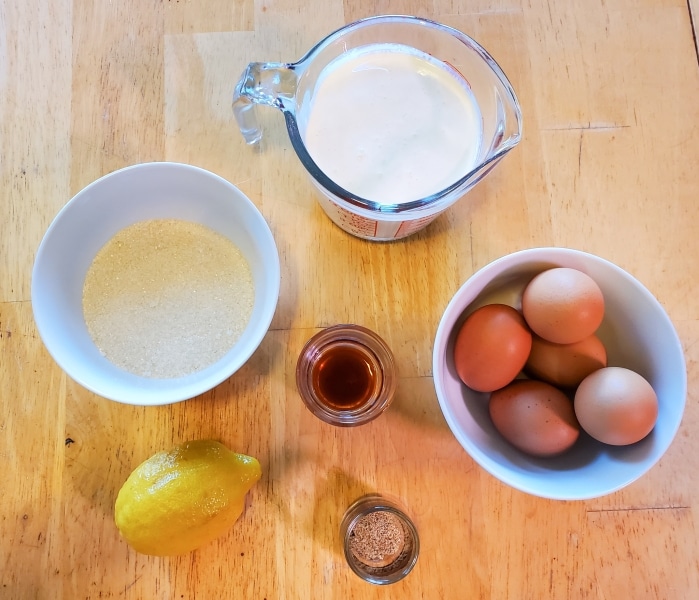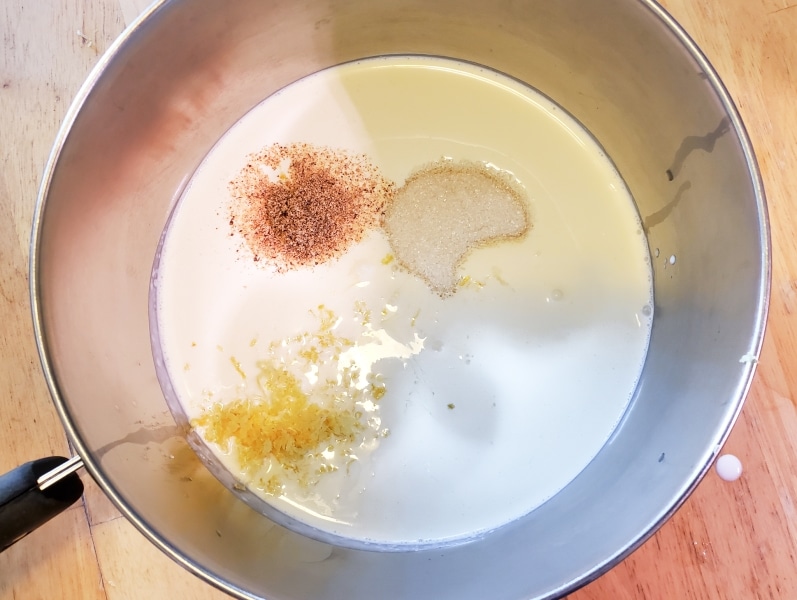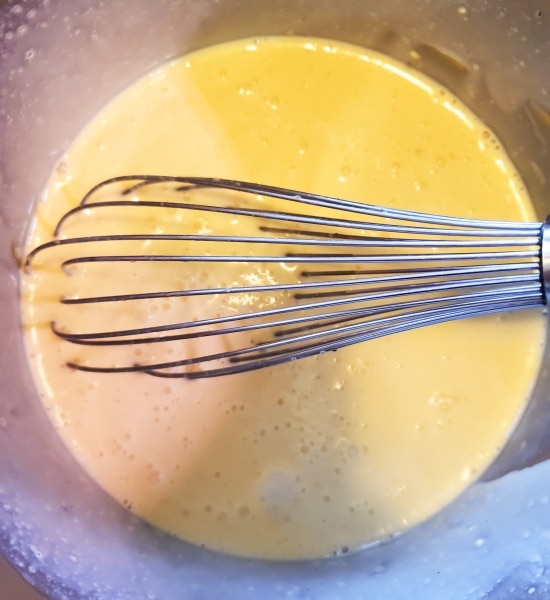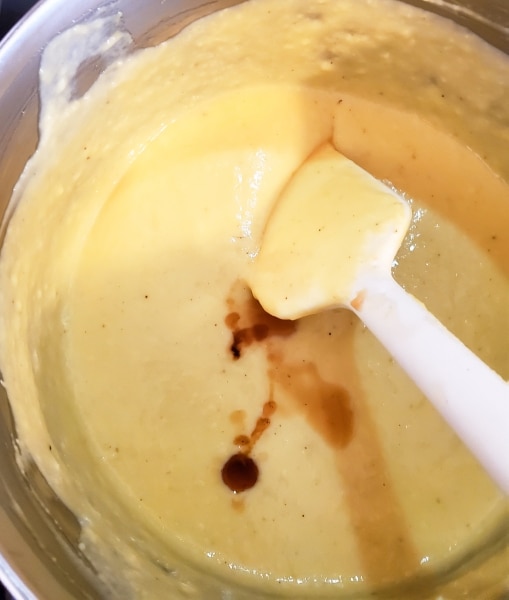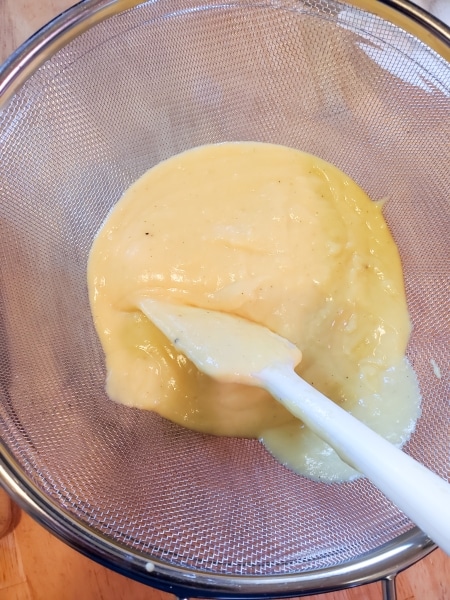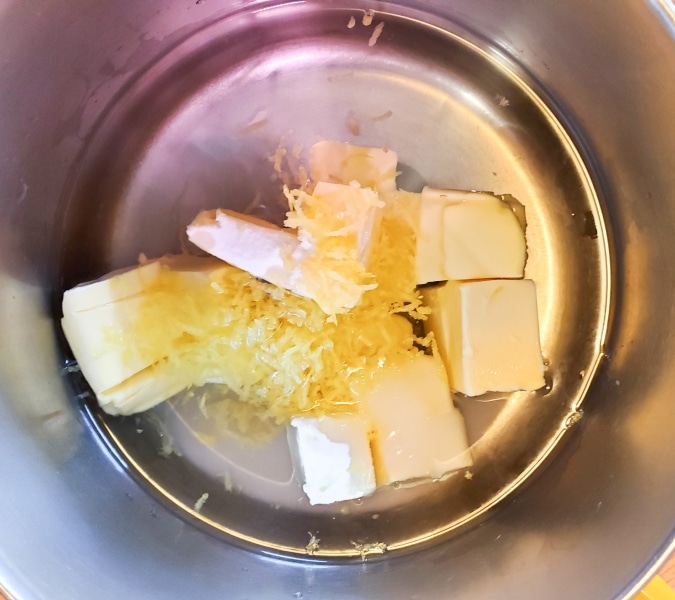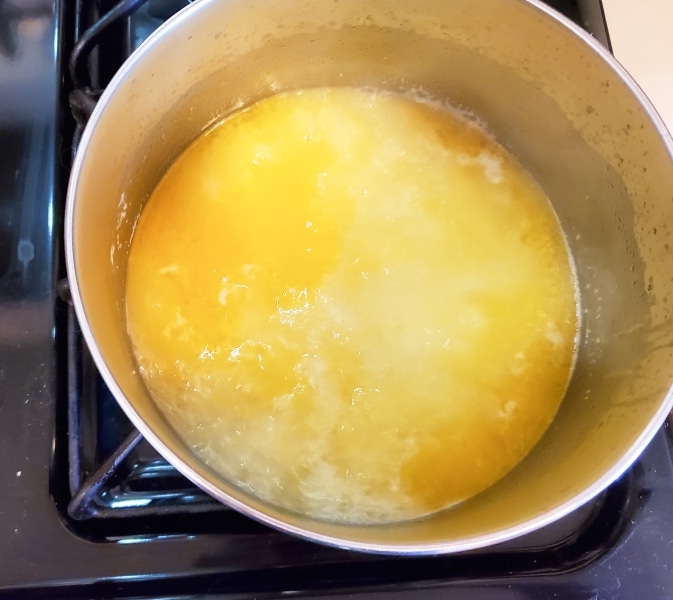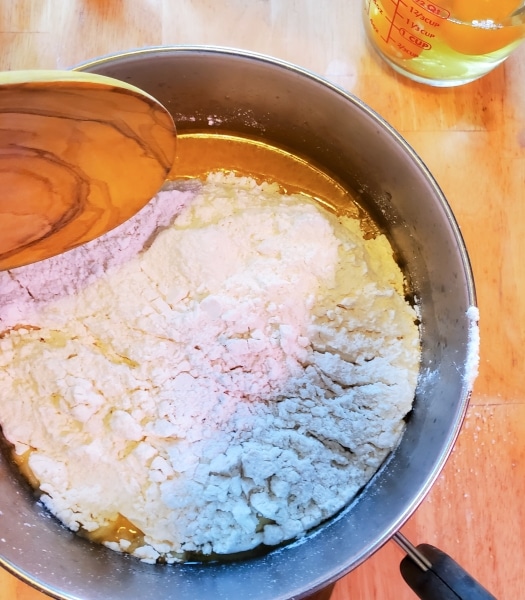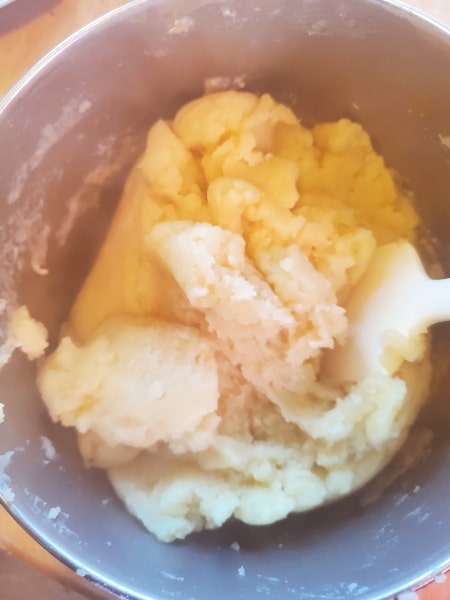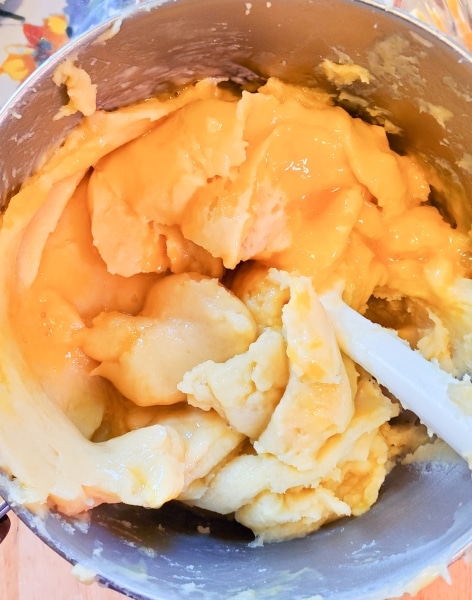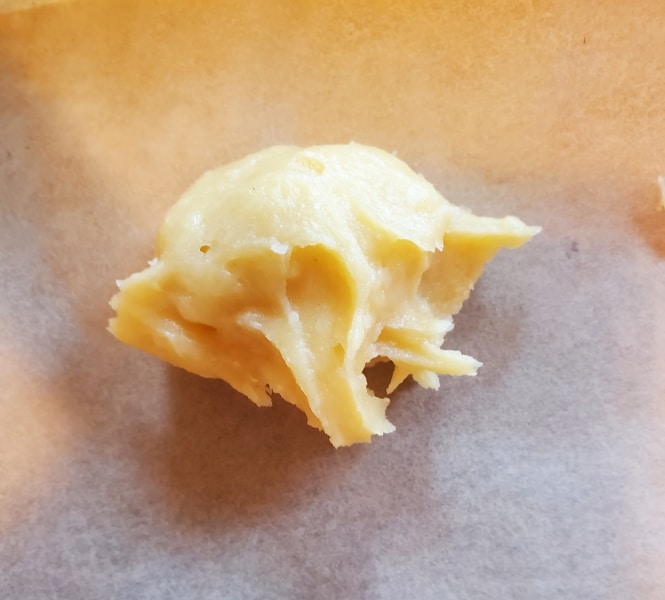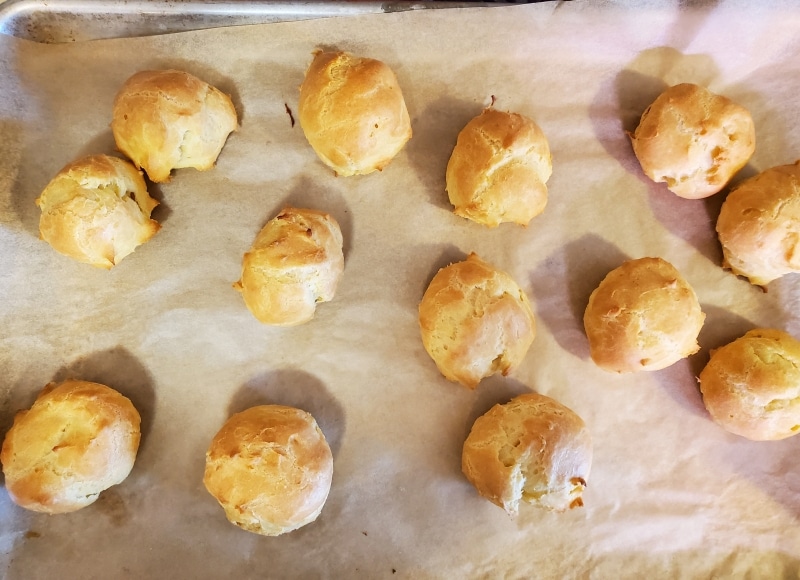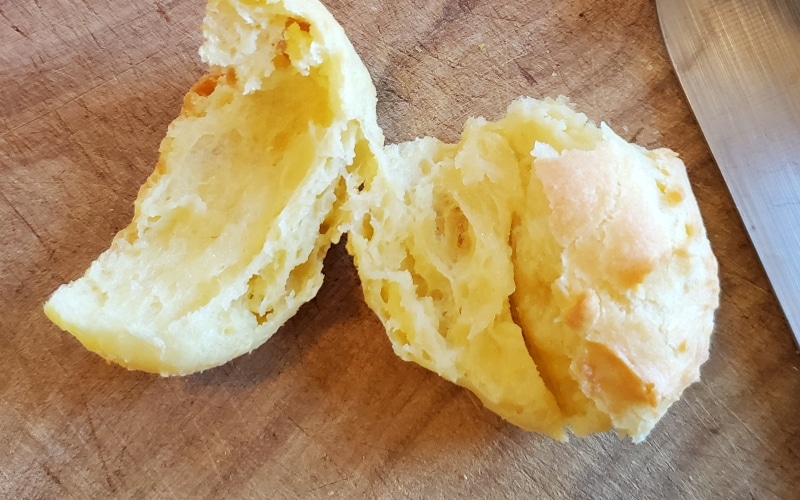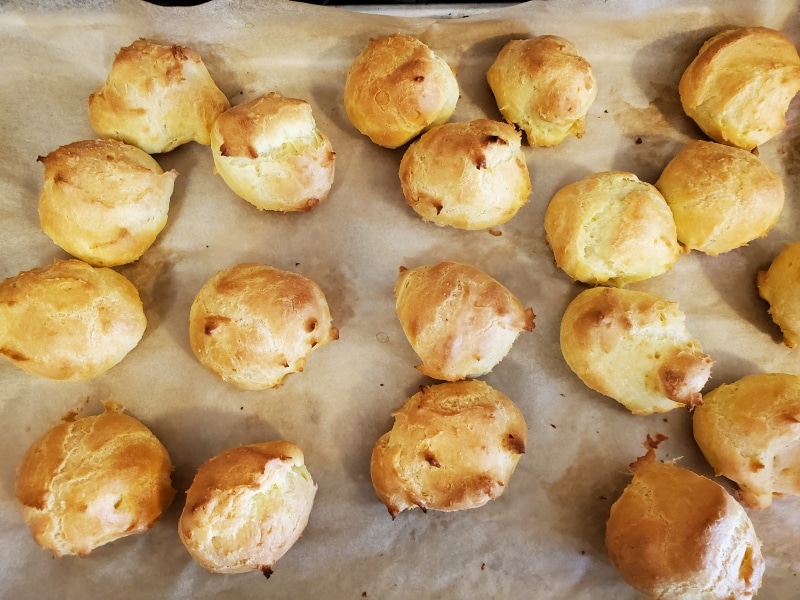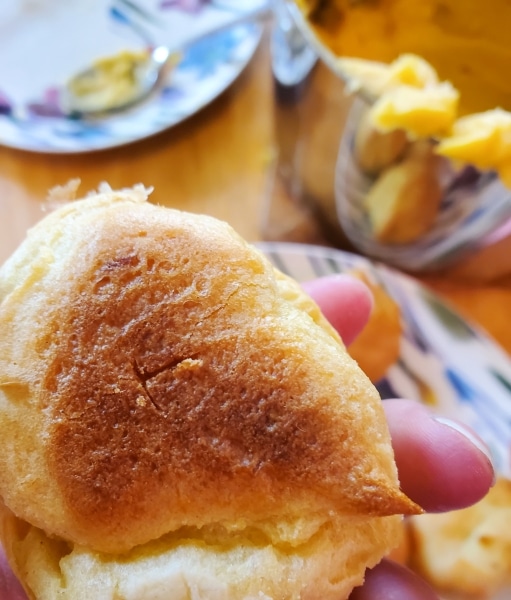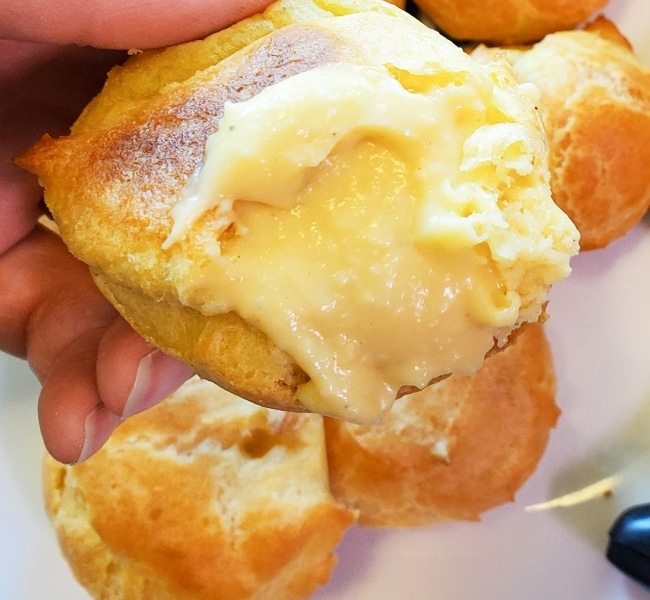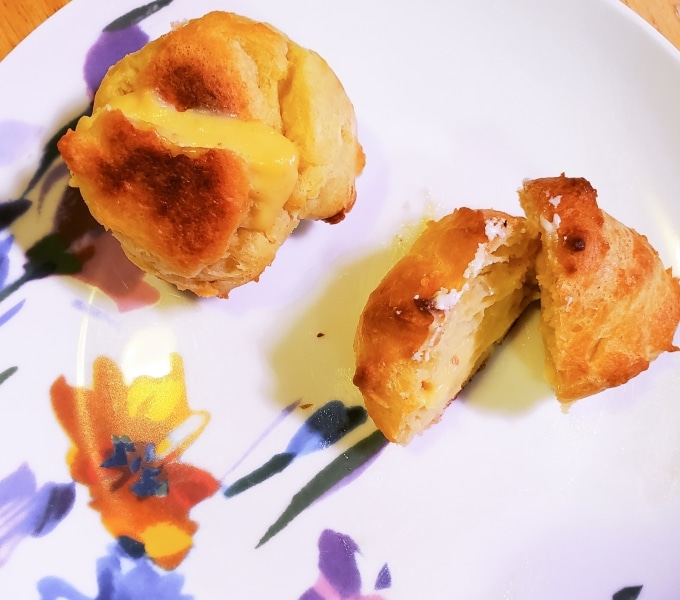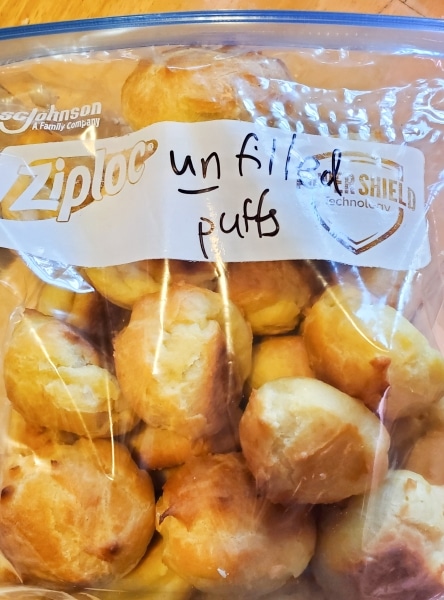Cream Puffs
Katie Maxwell, Visitor Services Coordinator
In a few short weeks, Dr. Williams Woys Weaver and I will run the food-centered seminar Philadelphia at the Table: Treasures of the Larder Invaded.
During the course of my research, I have been attempting to recreate dishes that appear on 19th-century menus and other materials. Usually I choose a dish that appears on multiple menus, but today, I have made an exception. Cream puffs have thus far only shown up on one of the menus I found in my research–G. Byron Morse’s French Confectioner at 902 and 904 Arch Street. It is entirely possible that I just really want cream puffs.
I have selected a recipe created by one of Morse’s contemporaries, J.W. Parkinson as included on pgs 382 and 383 of Parkinson’s The Caterer and household magazine (1887 edition):
Take half a pound of best butter, one pound of sifted flour, eight eggs, two ounces of fine sugar, the grated yellow rind of one lemon and one and a half pints of water. Place the water into an immaculately clean, round-bottomed sauce pan, add the butter, the sugar and the grated lemon rind. Bring all to the boil, then remove it from the fire and immediately add the sifted flour, which mix quickly and thoroughly in with a strong wooden spatula. Now add the eggs , two at a time, and beat all to a rather stiffish batter (not too thin). Then lay out the batter on greased baking-pans in suitable sized lumps, at some little distance apart, and bake them in a rather hot oven. When baked, remove them from the tins and lay them side by side. When cold, cut a slit in the side of each with a sharp knife, and fill each interior with a nice custard cream made in the following manner :
THE CUSTARD CREAM.
Take one pint of cream, five eggs, five ounces of sugar and a little grated nutmeg. Mix all well together, place on the fire, and stir continually until it thickens, then remove it from the fire and flavor it to your taste with pure extract of vanilla.
Since I know from previous dessert-making endeavors that custard needs some time to set and cool, I am going to make that first, starting with the ingredients:
One pint of cream
Five eggs
Five ounces of sugar
A little grated nutmeg
Pure extract of vanilla
“What is this lemon doing here?” you may ask. . .
Mix all well together,
I misread the recipe–the pastry dough requires lemon zest, not the filling–but it’s too late now.
Place on the fire, and stir continually until it thickens,
Most custard recipes call for egg yolks and corn starch rather than whole eggs. This custard is beginning to thicken, but it’s also becoming slightly lumpy. Granted–this could be a result of the lemon zest, or maybe I’m just not whisking fast enough.
then remove it from the fire and flavor it to your taste with pure extract of vanilla.
I taste a small spoonful, and aside from the slightly lumpy texture, the flavor is quite nice and lemony. I have decided that the mistaken addition of the lemon zest is in fact a happy accident. Therefore, I have added half a teaspoon of vanilla, so the lemon flavor isn’t overwhelmed.
Now I just have to do something about this texture.
After a couple of passes through a strainer, the texture is considerably smoother. I cover it in plastic wrap and let it set in the refrigerator while I begin working on the puffs themselves.
First, the ingredients:
Half a pound of best butter*
One pound of sifted flour
Eight eggs
Two ounces fine sugar**
Grated yellow rind of one lemon
One and a half pints of water
*I used butter from Irish grass-fed cows–the fanciest I could find in the grocery store.
**Superfine/caster sugar.
Place the water into an immaculately clean, round-bottomed sauce pan, add the butter, the sugar and the grated lemon rind.
Bring all to a boil,
I’m not sure how the butterfat is going to mix with the water, isn’t there a saying about oil and water?
It is mixing somewhat.
then remove it from the fire and immediately add the sifted flour, which mix quickly and thoroughly in with a strong wooden spatula.
I am not convinced of my ability to thoroughly mix all this flour into the liquid if I try to add it all at once, so instead, I am adding it more gradually
This has become a bit of a workout.
I must have worked fast enough, the dough is still steaming.
Now add the eggs , two at a time, and beat all to a rather stiffish batter (not too thin).
Adding two eggs at a time turns out to be awkward, but adding the remaining eggs just one at a time is much easier.
Then lay out the batter on greased baking -pans in suitable sized lumps, at some little distance apart,
I don’t know what a “suitable sized lump” is, but I am using a soup spoon to portion the aspiring cream puffs. Also, parchment paper seemed like the option least likely to result in puffs stuck to the baking sheet.
and bake them in a rather hot oven.
At what temperature is an oven “rather hot”? I have found several different temperatures listed in internet recipes, but nearly all recommend starting at a higher temperature and lowering it part way through baking. One thing is consistent in all recipes though: DO NOT OPEN THE OVEN WHILE BAKING.
For the first batch, I am baking for 20 minutes at 400°F followed by 10 minutes at 350°F.
Well, they certainly puffed up.
And to my great relief, they are hollow inside, but I wonder if I could get just a bit more color on the outside.
In the second batch, I bake the puffs for 15 minutes at 425°F, followed by 15 minutes at 375°F
This looks more like what I had in mind. I’ll be baking the rest of the puffs at these temperatures.
When baked, remove them from the tins and lay them side by side. When cold, cut a slit in the side of each with a sharp knife,
and fill each interior with a nice custard cream
Easier said than done. Eventually, I run out of custard cream after filling only half the puffs, and there’s nothing left to do but taste the finished product.
And they’re delicious, especially the exploded ones. Now I just need to do something with all these cream puffs.


